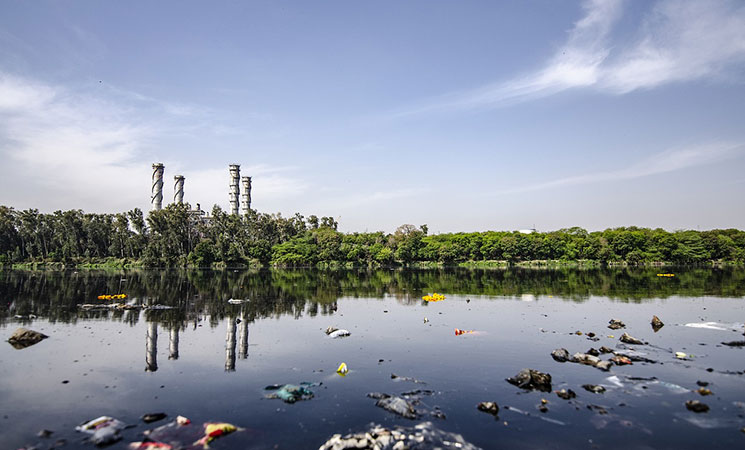Camp Lejeune Water Contamination
Established in 1775 by the Continental Congress [Camp lejeune water settlement], Camp Lejeune is a Marine Corps base in the United States. Unfortunately, the water at the camp was contaminated from 1953 to 1987, causing health problems for veterans and their families. This article explores the water contamination crisis, its effects, and legal actions available to those affected.
Water Contamination at Camp Lejeune
In 1982, it was discovered that two of Camp Lejeune’s water treatment plants provided drinking water containing volatile organic compounds (VOCs). The primary contaminant was perchloroethylene (PCE), originating from improper waste disposal practices by a nearby dry cleaner. The Agency for Toxic Substances and Disease Registry (ATSDR) assessed historical pollution levels.
Health Effects
Exposure to the contaminated water has been linked to various health problems, including:
- Cancers like bladder cancer, kidney cancer, and leukemia
- Pregnancy complications
- Neurological disorders
- Other illnesses
Who Was Affected
Service members, their families, civilian employees, and residents who lived or worked at Camp Lejeune during the contamination period (1953-1987) are potential victims.
Investigations and Legal Actions
The U.S. government has taken responsibility for compensating veterans and their families. The Camp Lejeune Justice Act (CLJA) of 2022 allows individuals to file claims for compensation. The Department of Veterans Affairs also offers resources and support.
According to the National Library of Medicine, the study looks at possible health consequences such as spina bifida, anencephaly, cleft lip, cleft palate, and childhood leukemia.
What to Do If Affected
If you were stationed at Camp Lejeune during the water contamination period, contact the Department of Veterans Affairs to discuss potential health concerns and available benefits. You can also seek medical advice to explore further options.
Settlement Amounts
The first settlements for water contamination were reached in March 2024, totaling $4.1 million. The Congressional Budget Office estimates total settlements could reach over $21 billion by April 2024, with individual payouts ranging from $10,000 to over $1 million depending on the case.
Frequently Asked Questions (FAQs)
What are the health effects of the Camp Lejeune water contamination?
Exposures to the contaminated water have been associated with various health effects, including an increased risk of certain cancers such as bladder cancer, kidney cancer, and leukemia, as well as adverse pregnancy outcomes, neurological disorders, and other illnesses.
Who was affected by the Camp Lejeune water contamination?
Service members, their families, civilian employees, and residents who lived or worked at Camp Lejeune during the period of water contamination were potentially exposed to the contaminated water and may have been affected.
What are the symptoms of exposure to contaminated water at Camp Lejeune?
Symptoms can vary depending on the specific health condition. However, individuals might experience symptoms such as respiratory issues, neurological problems, skin rashes, gastrointestinal disorders, and reproductive complications.
What should I do if I was stationed at Camp Lejeune during the water contamination period?
If you were stationed at Camp Lejeune during the water contamination period, it is advisable to reach out to the Department of Veterans Affairs. You can also consult a healthcare professional to discuss potential health concerns and the appropriate course of action.
The Congressional Budget Office (CBO) estimates that, depending on the merits of each case, the individual settlement amounts might vary from $10,000 to possibly over $1,000,000.
It is crucial to remember that these projections are approximations that stem from the CBO’s budgetary allotment for Camp Lejeune claims. They do not imply a certain level of pay.













